Artificial Grass for Drought-Prone Regions: Water-Saving Solutions
In many parts of the world, climate change has made droughts more regular and severe. Finding sustainable ways to maintain green spaces is essential as the problem of water shortage becomes more and more of an urgent concern. Artificial grass, commonly referred to as synthetic turf or artificial grass, has become a practical solution for areas that frequently experience drought.

Installing Artificial Grass in Drought-Prone Regions
When installing artificial grass, there are several factors to take into account to ensure its viability and effectiveness, particularly in areas prone to drought:
1)Site Assessment
Perform a complete site evaluation before installation to analyze elements such as soil type, drainage, and sun exposure. To guarantee optimal drainage and minimize water collection, the ground must be well prepared.
2)Choosing the Right Turf
Making the right artificial grass choice is essential. To obtain the ideal appearance, take into account elements like the color, texture, and pile height of the turf. Additionally, search for products with heat resistance and durability in mind.
3)Proper Drainage System
To stop water from collecting on the surface, a proper drainage system is necessary. In addition to keeping the turf looking good, proper drainage reduces the chance of mold and bacterial growth.
4)Professional Installation
It is strongly advised that skilled specialists perform the installation. The artificial grass will seem natural, have excellent drainage, and be durable for years to come provided it is installed properly.

Numerous artificial grass suppliers have knowledgeable staff that may offer advice and know-how regarding the choice, installation, and upkeep of synthetic turf.
Also, Read:-
A Step-By-Step Guide To Laying Artificial Grass On Concrete
Artificial Grass Cost Estimation For Your Artificial Lawn
Top 10 Things To Know Before You Buy Artificial Turf For Dogs And Pets
5)Maintenance
To increase the fake grass's longevity, regular maintenance is necessary. This involves clearing the area of debris, stopping the growth of weeds, and taking care of any small repairs right away.
Benefits Of Artificial Grass
1)Minimal Water Usage
Artificial grass has several benefits, but one of the biggest is how little water it uses. Artificial turf maintains its vibrant and lush appearance without the need for irrigation, in contrast to genuine grass, which needs regular watering to keep healthy and green. It is the perfect option for locations where there is a persistent water deficit because of its quality.

2)Low Maintenance
Artificial grass uses less water since it requires little care. Contrary to natural grass, which needs to be cut, fertilized, and protected from pests, synthetic turf merely needs to be cleaned on occasion to clear away debris and preserve its appearance. In addition to saving water, this also reduces the time, cost, and labor required to maintain a lawn.
3)Durability
Artificial grass is made to survive extreme weather, such as droughts. Because of its toughness, it will stay lush and beautiful even during protracted dry spells. It is a dependable option for sustaining green spaces in areas that are prone to drought because of its resilience.
4) Year-Round Appeal
During dry seasons, natural grass frequently turns brown and goes dormant, reducing the aesthetic attractiveness of outdoor areas. In contrast, artificial grass keeps its lush green appearance all year long, creating a beautiful environment even when there is a drought.
5) Conservation Of Natural Habitats
Artificial grass contributes to the preservation of natural habitats and biodiversity by lowering the need for natural grass lawns. Big areas of land that are typically used for natural lawns can be put to alternative purposes, including wildlife habitats or gardens with native plants, helping to support regional ecological conservation initiatives.
The Future of Artificial Grass in Water Conservation
Artificial grass use is probably going to increase in areas that are prone to drought as long as shortages of water remain a global concern. However, continued technological developments and sustainability are equally important to the future of synthetic turf. The following are some trends and changes to look out for:
1)Sustainable Materials
The creation of artificial grass is anticipated to use more recycled and sustainable resources. This change would not only lessen the impact on the environment but also be in line with consumers' increasing interest in eco-friendly products.
2)Enhanced Drainage Solutions
Artificial grass will continue to be an effective water-saving solution as long as drainage systems are researched and developed further. The possibility of floods and water pooling will be further decreased through innovations in this field.
3)Recycling Programs
Recycling initiatives for components used in artificial grass will extend more widely. This will encourage the sustainable disposal of synthetic turf at the end of its life cycle and help reduce waste.
Also, if you are looking for good options for Rugs, Carpets, and Vinyl Flooring please click below to visit:


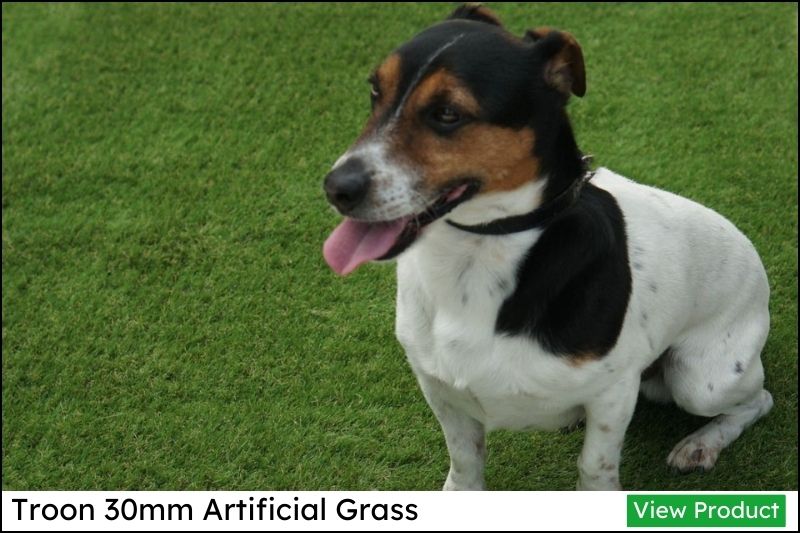



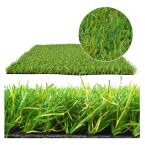

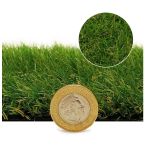


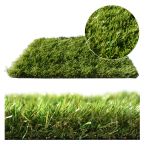


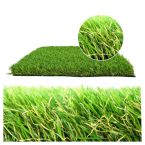
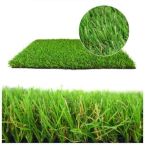

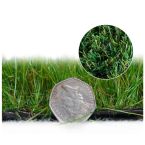
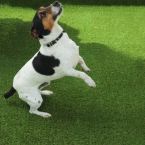






 >
>